

迁徙中的承袭、交融与分异——广东客家建筑与聚落形态时空发展解析
|
杨希(1985-),女,辽宁铁岭人,博士,助理教授,硕士生导师,主要研究方向为传统村落空间形态演化机制。E-mail: xi- yang12@tsinghua.org.cn |
收稿日期: 2020-04-07
录用日期: 2020-07-27
网络出版日期: 2021-06-10
基金资助
国家自然科学基金项目(51908160)
广东省自然科学基金项目(2020A1515010681)
深圳市自然科学基金项目(JCYJ20190806143403472)
中央高校基本科研业务费专项资金项目(45001028)
版权
Inheritance, fusion, and variation during migration: An analysis of spatio-temporal morphological development of traditional Guangdong Hakka architecture and settlements
Received date: 2020-04-07
Accepted date: 2020-07-27
Online published: 2021-06-10
Copyright
客家是一支在一定时期内处于流迁状态的民系。在其迁徙过程中,宗族组织化的群体自身的文化惯性对撞地理环境与社会环境的差异,使客家民系对于生存空间关系的处理呈现多样的态度。为厘清广东主要客居地内不同传统客家村居形态之间的关联性及其发展脉络,本研究从类型学角度,分别在微观建筑形态与中观聚落格局两个层面,依据关键空间属性来划分空间形制的基本类型,并整理比较建筑类型与聚落类型的地理分布。而后,从历史地理学角度挖掘客家民系在广东省内的流迁历程,并顺沿多条流迁动线分别探讨不同建筑类型、不同聚落类型之间的承袭、交融与分异关系,进而得出以下结论:① 在“建筑”与“聚落”两个尺度层面上的空间营造活动中,建筑形制决策倾向于依附民系内生文化,聚落模式决策倾向于呼应局域地区的社会经济与自然环境;② 在沿迁徙路径的时空推移过程中,主要建筑类型沿主干河流由上游向中下游传播承袭,韩江水系和东江水系之间的支线水陆途径促进了建筑类型在规模、围合防卫程度、聚合组织形式等方面的渐变过渡;③ 相对于客家文化核心区,“广府-客家”“福姥-客家”文化锋面上客家建筑“中轴”对空间组织的主导力发生急剧弱化,意味着宗族组织出现扁平化的变化态势,主要表现为该地带宗族“房系”发达度下降,以及宗祠的经济文化凝聚力衰退;④ 从空间概念的历时性承袭与发展视角来看,空间形态控制性基因应为明确的“属性”化因子,而非具象化要素,聚居空间的基因分析,应当分别基于“人”“地”的不同线索,探索不同尺度人居空间形态的控制因子。
杨希 , 马航 , 张力智 , 宋科 . 迁徙中的承袭、交融与分异——广东客家建筑与聚落形态时空发展解析[J]. 地理研究, 2021 , 40(4) : 958 -976 . DOI: 10.11821/dlyj020200282
Hakka, categorized as a subclass of the Han majority, was in a state of migration for a certain period of time. During their migration, the cultural inertia rooted in the clan-based group collided with different geographical and social environments, which has made the Hakka people's different attitudes in the decision-making for living space. To clarify the morphological development of traditional Hakka villages in the main residential areas of Guangdong, and analyze the correlations between different village types, this study, from the perspective of typology, differentiated basic spatial types based on key spatial attributes in two aspects of micro architectural form and meso settlement layout. Then, the geographical distribution of different spatial types in the two aspects was marked and compared. From the perspective of historical geography, the Hakka's migration course within Guangdong and the relationship of inheritance, fusion and variation among different architectural forms and settlement layouts were explored through the clues of Hakka's migration routes in Guangdong. Some conclusions can be drawn as follows: (1) In the spatial construction on different scales of architecture and settlements, the decision-making for architectural forms was subject to people's endogenous culture, while settlement layouts tended to echo the local condition of society, economy and natural environment; (2) In the spatio-temporal process of Hakka's migration, the main building types spread and inherited from the upstream to the middle and downstream along major rivers, and the tributaries and routes between Hanjiang River system and Dongjiang River system promoted the gradual transition of building types with respect to the architectural scale, the degree of defense, and the patterns of spatial organization; (3) Compared with the core area of Hakka culture, the domination in the spatial organization of the central axis of Cantonese-Hakka and Chaoshan-Hakka architecture which is at the culture front has been dramatically weakened, which indicates the mutation in the clan organization towards a delayering trend with the recession in the clan branches, and in the economic and cultural cohesion of the ancestral hall; (4) From the point of the diachronic inheritance and development of spatial design concept, the control genes of spatial form should be attributed factors rather than concrete ones, and the exploration for morphological control genes on different spatial scales should be based on different clues of human and environment.
Key words: Guangdong; Hakka; architectural form; settlement layout; inheritance; fusion; variation
表1 广东主要客住区传统建筑单元类型Tab. 1 Traditional architectural typology in Hakka's main living area in Guangdong |
| 类型 | 属性描述 | 模式图示 | 实际样例 | 主要分布区域 | ||||||
|---|---|---|---|---|---|---|---|---|---|---|
| a 相对规模 | b 组织结构 | c 中轴 | d 对向关系 | e 围合体 | ||||||
| A | 大 | 规则 | 虚轴 | 放射 | 有|高|建筑 |  |  | 梅潭河上游、凤江(黄冈河)上中游 | ||
| B | 大 | 规则 | 虚轴 | 放射 | 有|低|混合 |  | 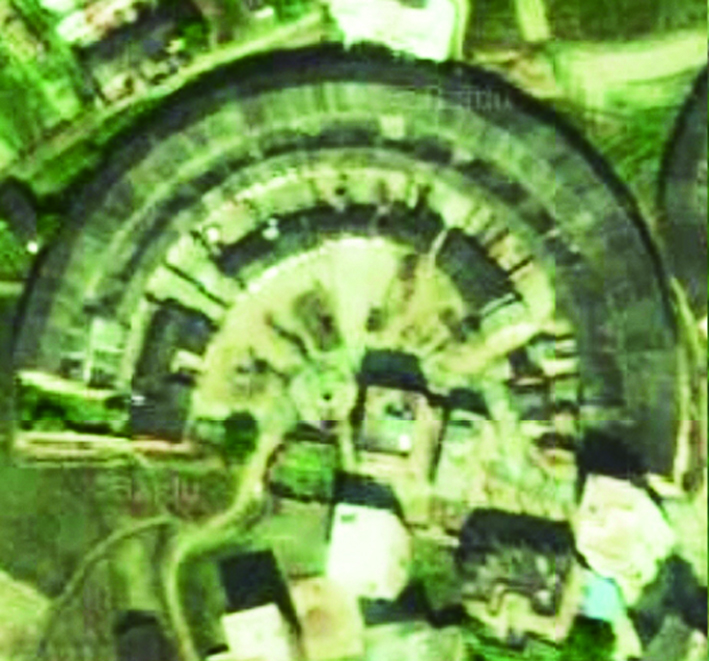 | 梅潭河上游、凤江(黄冈河)上中游 | ||
| C | 大 | 规则 | 实轴 | 垂直 | 有|低|混合 |  | 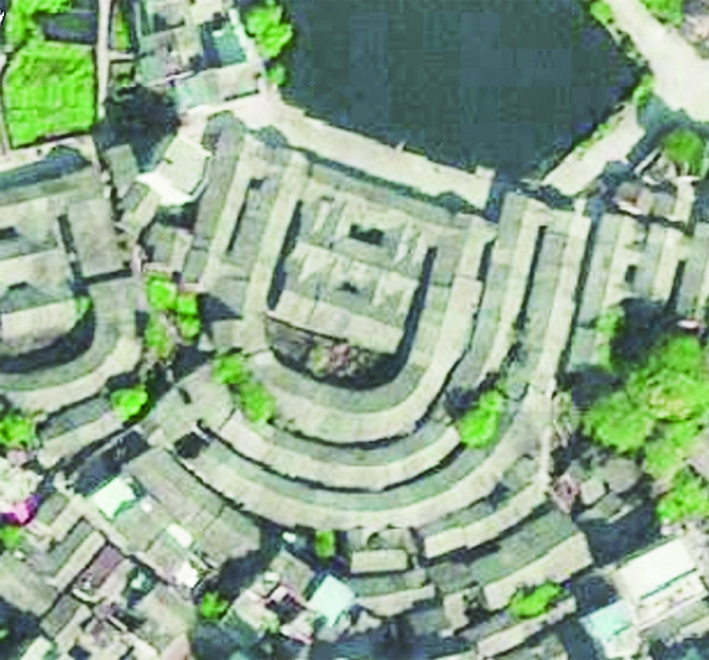 | 韩江上中游、宁江流域、石窟河流域、梅江流域、梅循道 | ||
| D | 小 | 规则 | 实轴 | 垂直 | 无 |  | 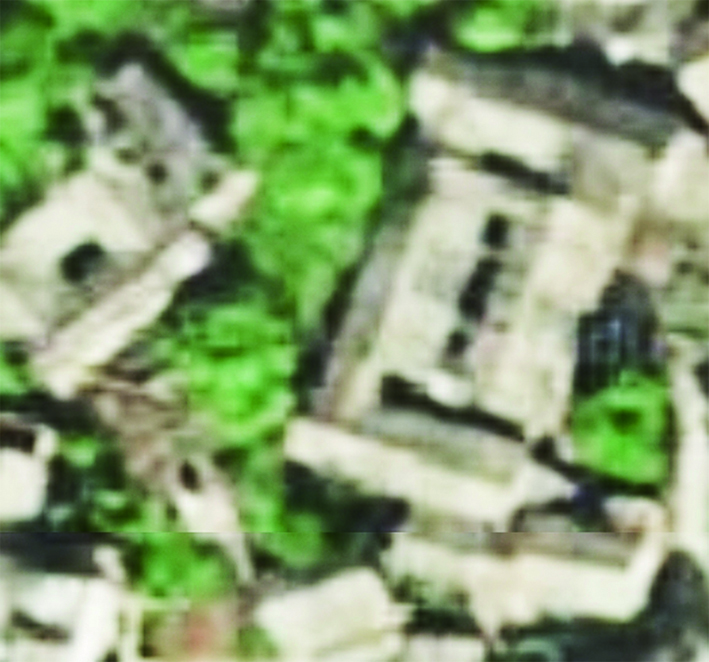 | 汀江流域、韩江上中游、梅江流域、平远县、梅循道 | ||
| E | 中 | 规则 | 实轴 | 垂直 | 有|高|建筑 | 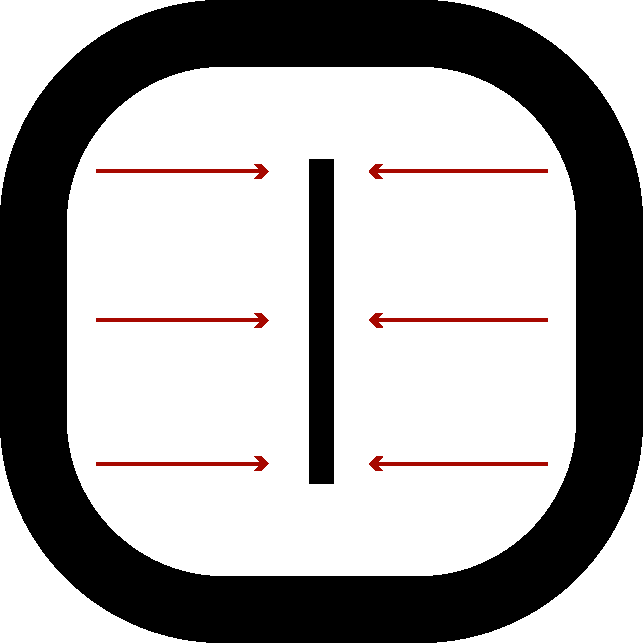 | 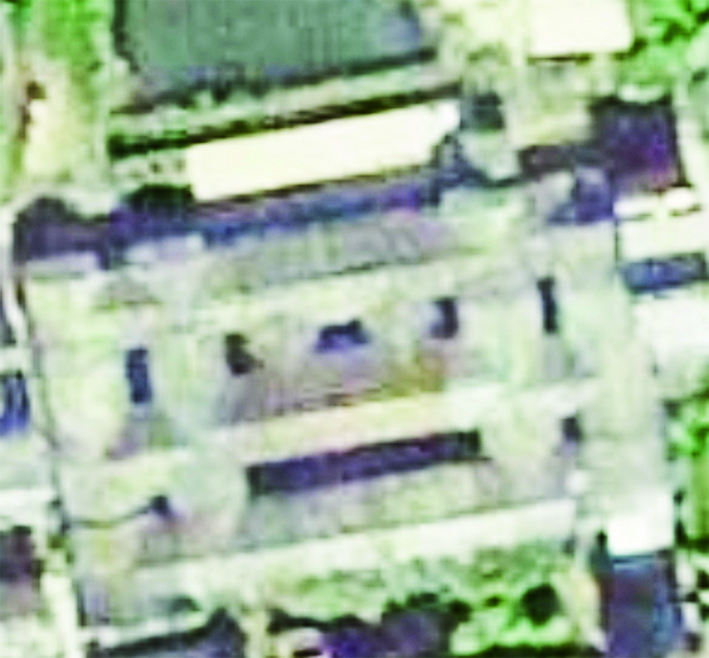 | 宁江流域、梅循道、新丰江流域、东江上中游、西枝江-淡水河流域、紫金县、龙门县 | ||
| F | 大 | 规则 | 实轴 | 垂直 | 有|高|建筑 |  | 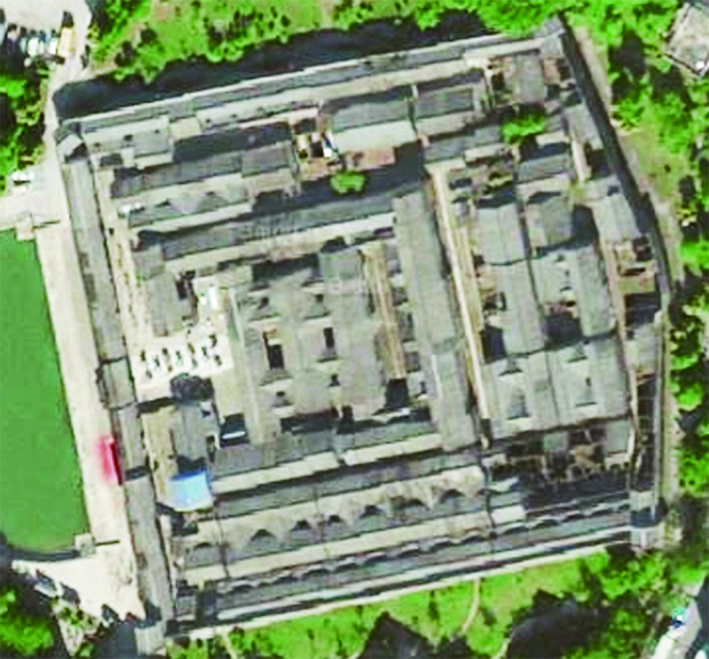 | 新丰江流域、东江上中游、西枝江-淡水河流域、榕江上中游 | ||
| 类型 | 属性描述 | 模式图示 | 实际样例 | 主要分布区域 | ||||||
| a 相对规模 | b 组织结构 | c 中轴 | d 对向关系 | e 围合体 | ||||||
| G | 大 | 不规则 | 无轴 | - | 无 | 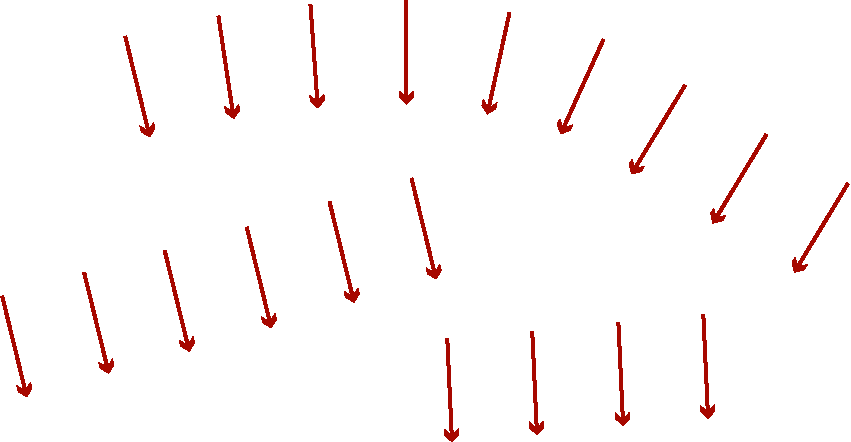 | 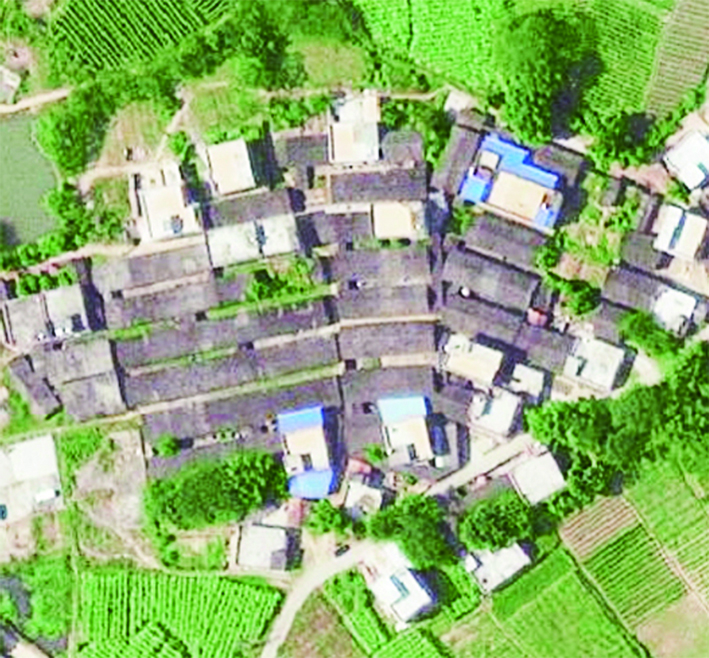 | 北江上中游、增江上中游、东源县西、翁源县 | ||
| H | 大 | 规则 | 虚轴 | 平行 | 有|低|混合 | 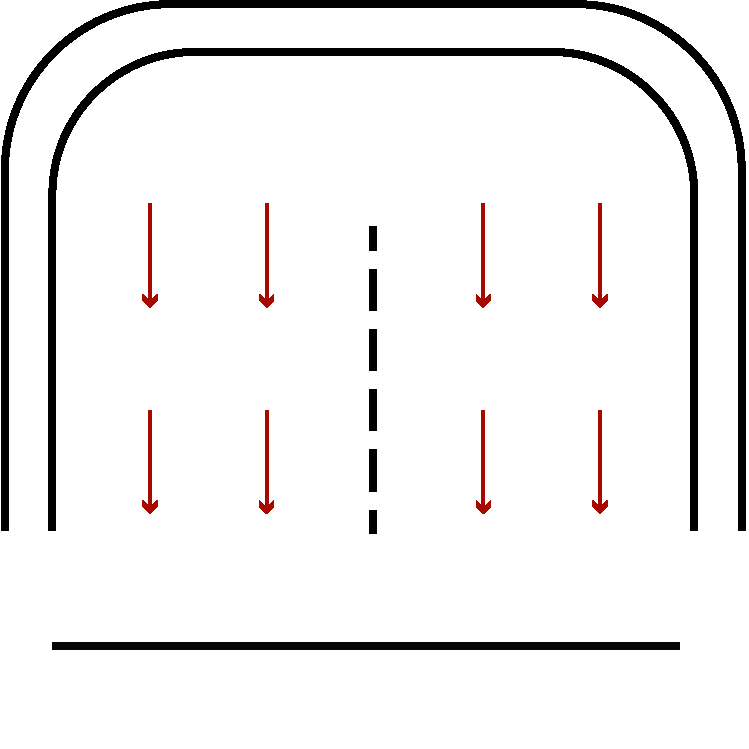 | 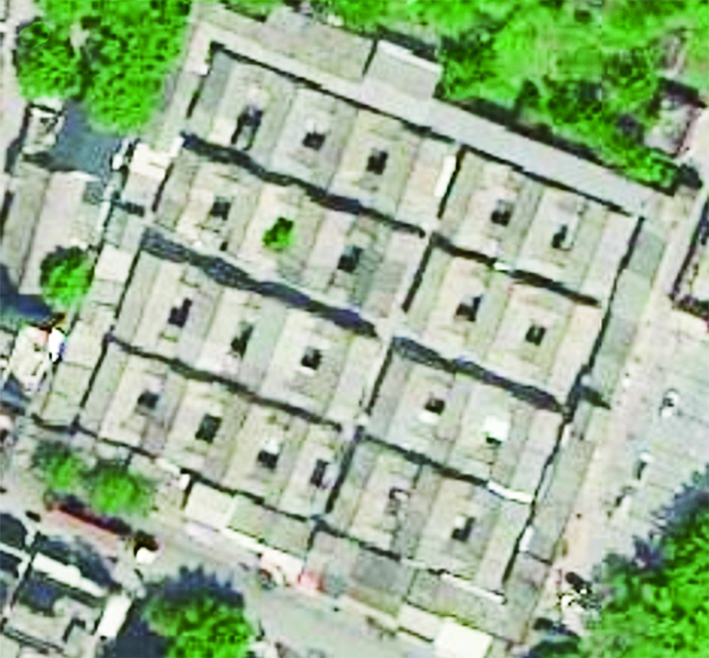 | 榕江上中游、韩江中下游 | ||
| I | 大 | 规则 | 虚轴 | 平行 | 无 | 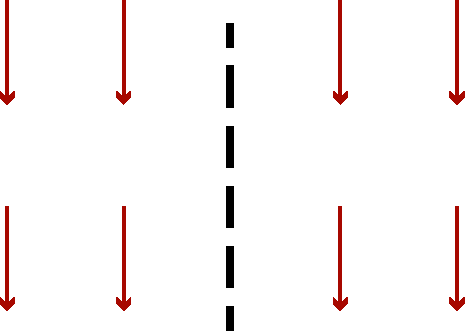 | 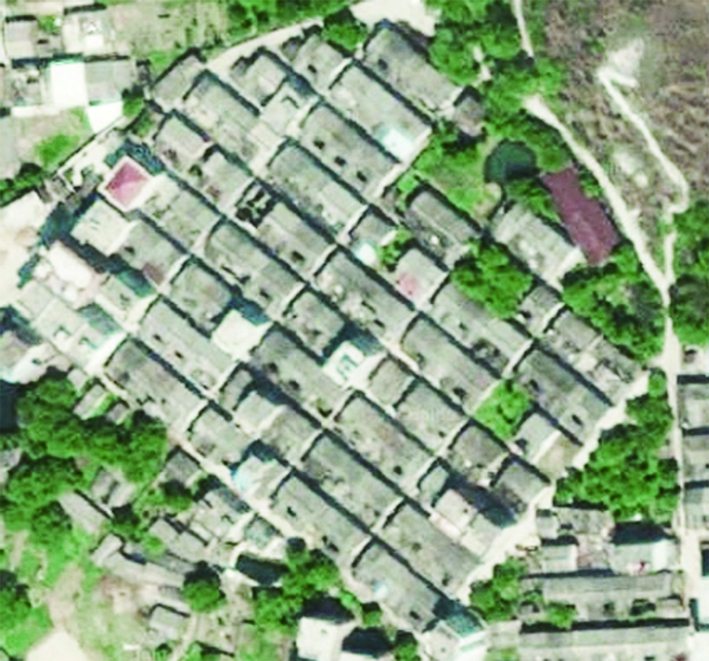 | 北江上中游、增江上中游、东江中下游、石马河流域、寒溪河流域、洋涌河流域 | ||
| J | 小 | 不规则 | 无轴 | - | 无 | 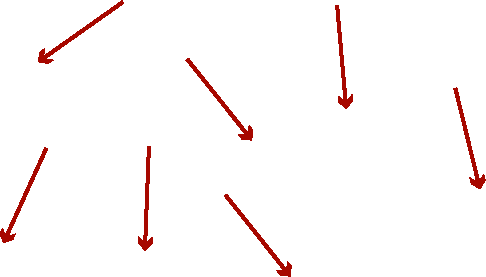 | 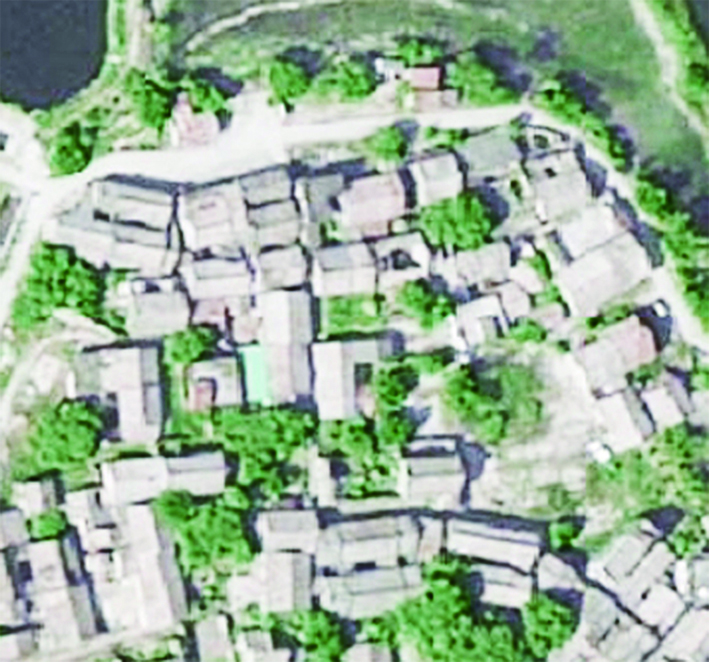 | 琴江流域、东源县西、博罗县、翁源县 | ||
注:“实际样例”截取自Google地球(2020年6月30日)。 |
表2 广东主要客住区传统聚落类型Tab. 2 Traditional settlement typology in Hakka's main living area in Guangdong |
| 类型 | 属性描述 | 模式图示 | 实际样例 | ||
|---|---|---|---|---|---|
| a 单元有无特定朝向 | b 单元所处地形特点 | c 单元间距(m) | |||
| A | 无 | 山麓 | 100~350 | 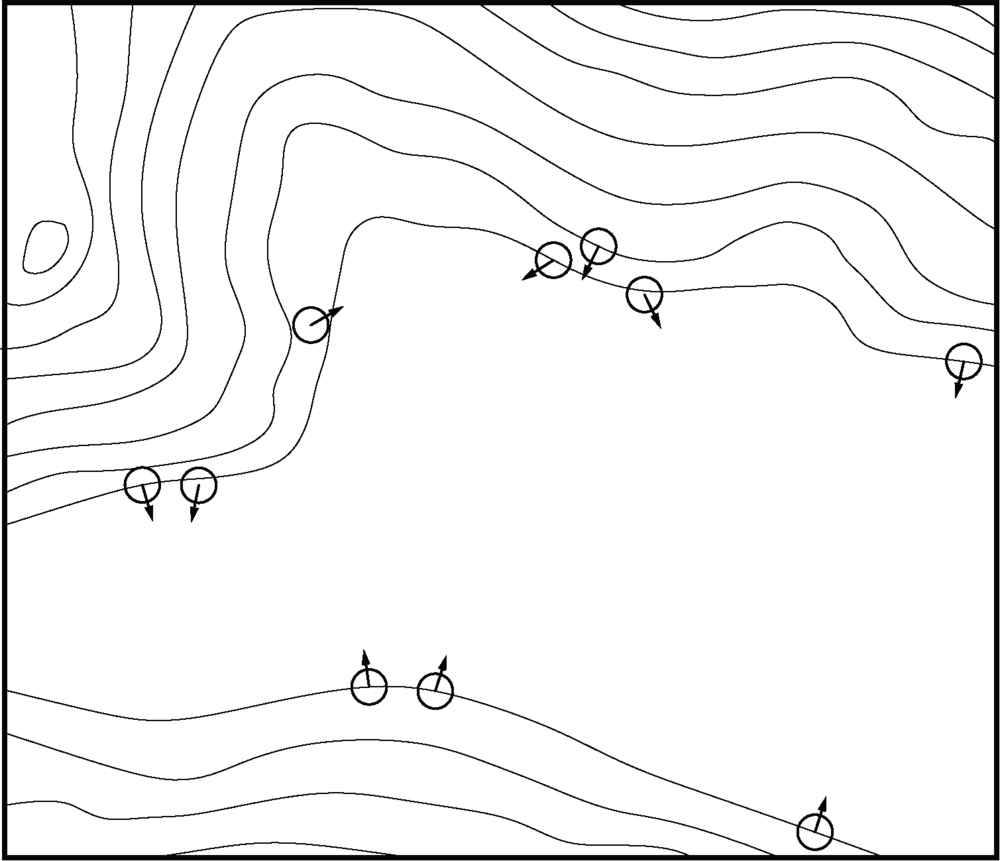 |  |
| 分布区域:东江上游定南水流域、石窟河上游、凤江(黄冈河)上游山区、梅江中游、增江上中游 | |||||
| B | 有(偏南) | 山麓 | <50 | 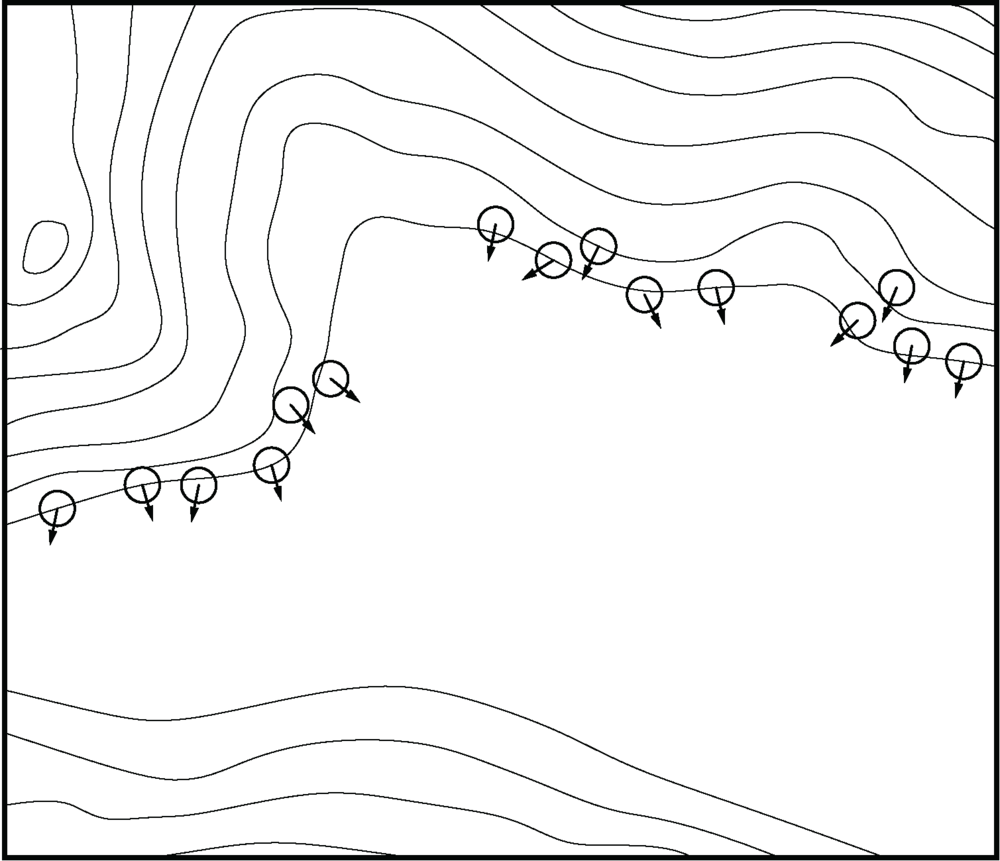 | 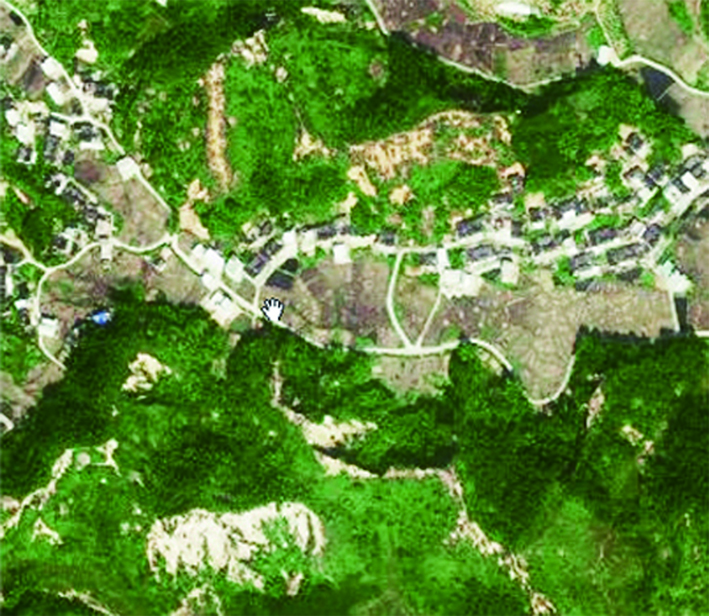 |
| 分布区域:梅潭河流域山区、梅江下游 | |||||
| C | 无 | 山麓 | <50 | 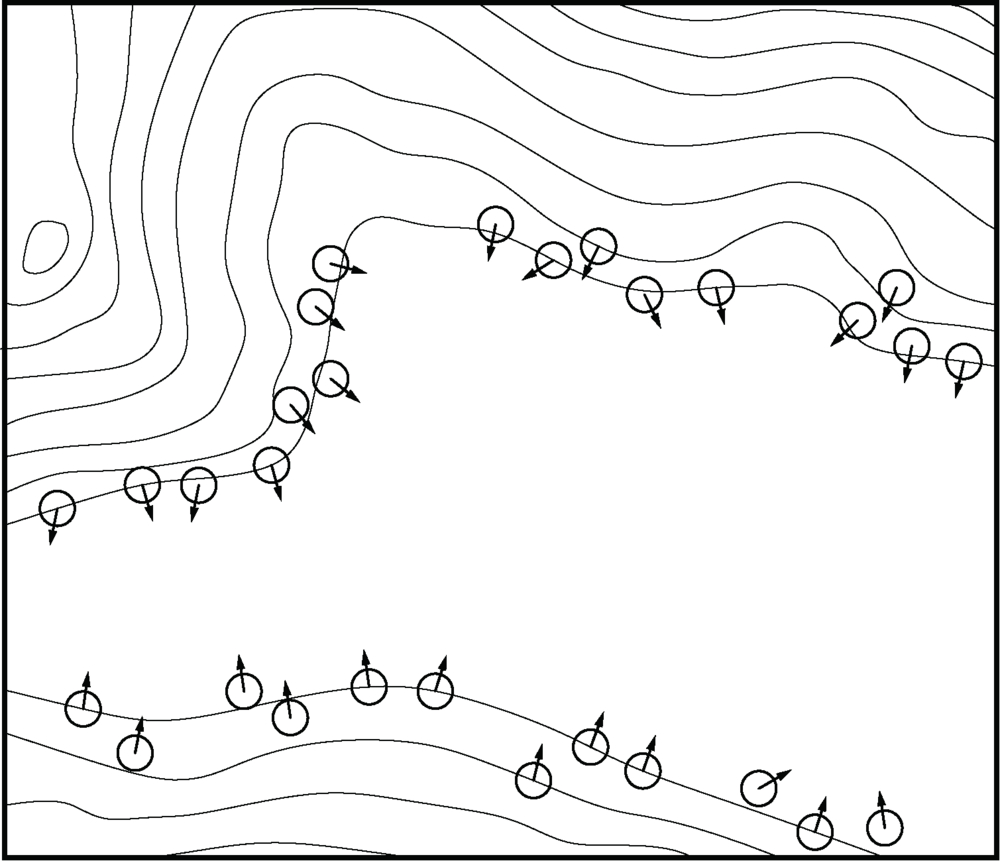 | 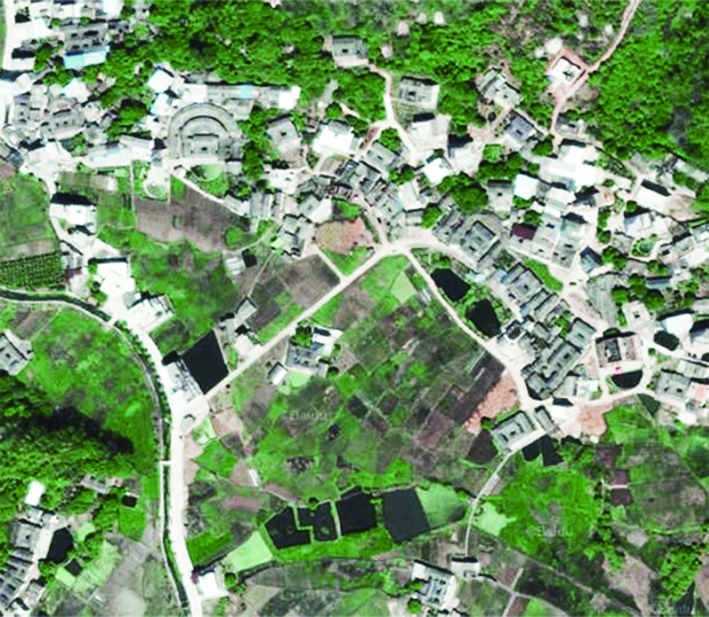 |
| 分布区域:梅县西山区、梅江上游、琴江流域、梅循道、五华山区、东江上游山区、秋香江中游 | |||||
| D | 无 | 山麓+平地 | <50 | 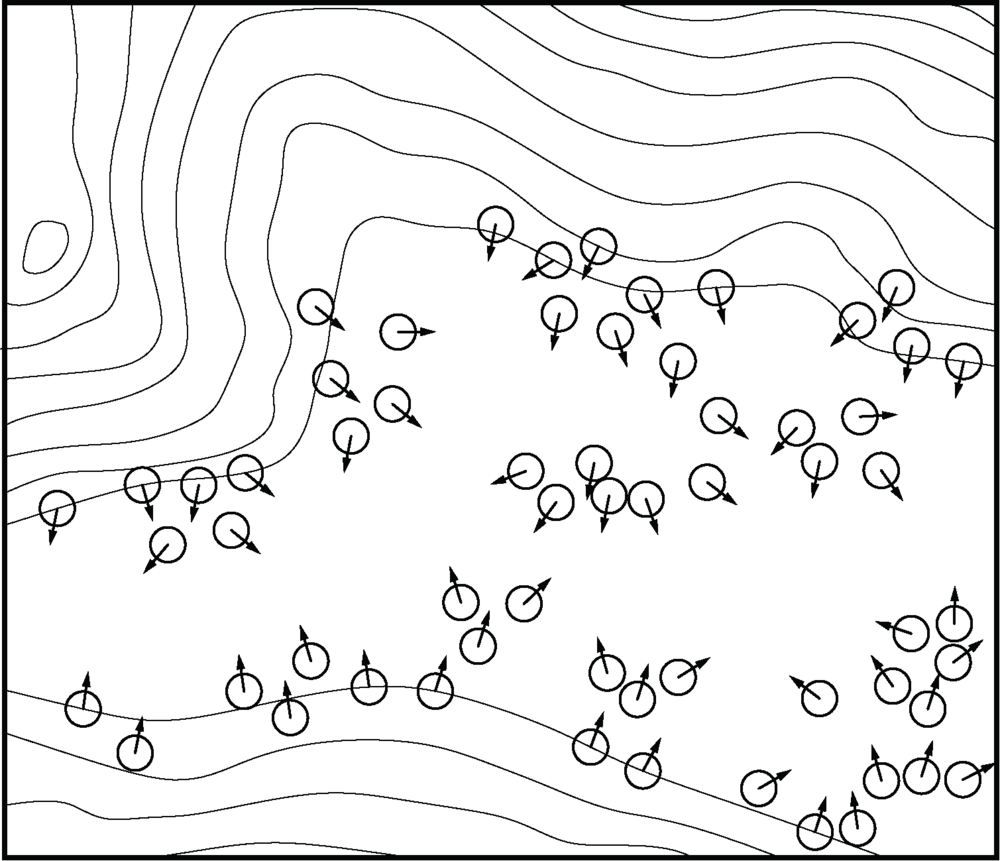 | 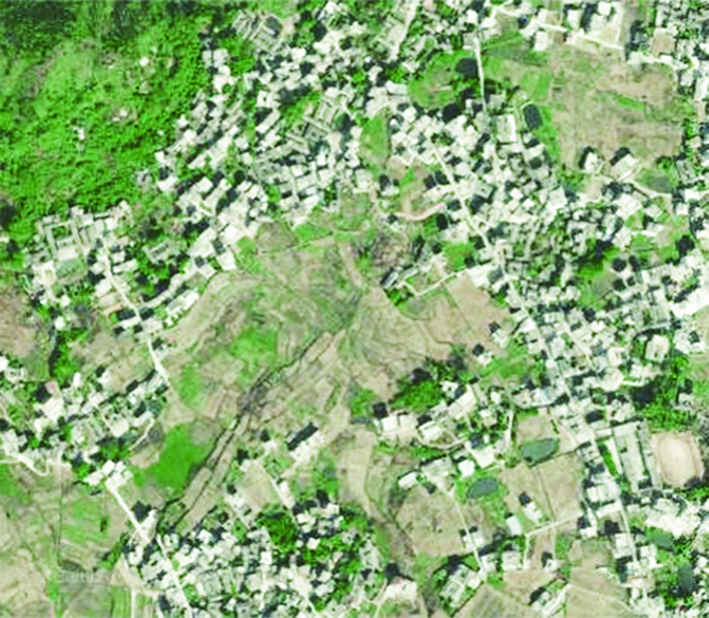 |
| 分布区域:梅江上游五华盆地区、秋香江上游 | |||||
| E | 有(偏南) | 山麓+平地 | <50 | 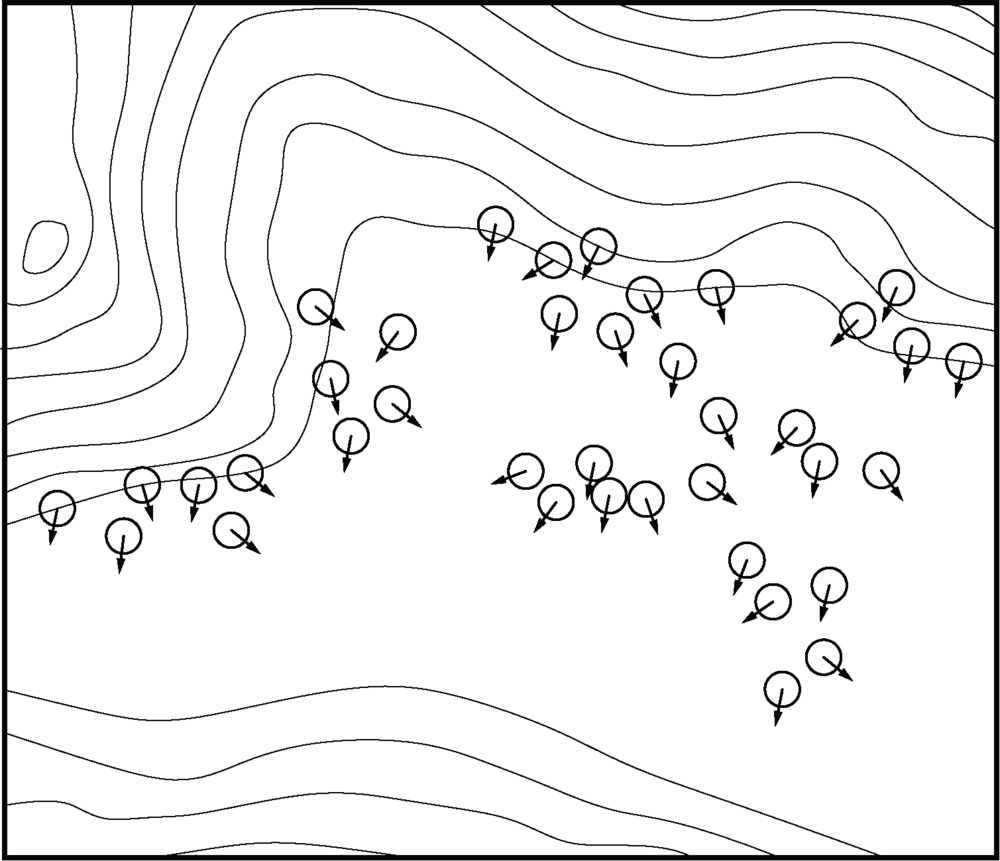 | 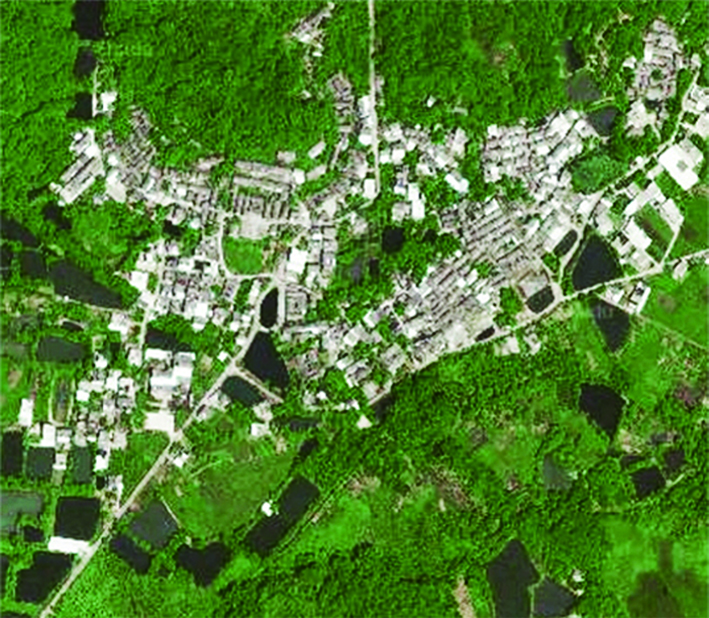 |
| 分布区域:梅潭河流域、韩江下游 | |||||
| F | 无 | 山麓+平地 | 50~100 | 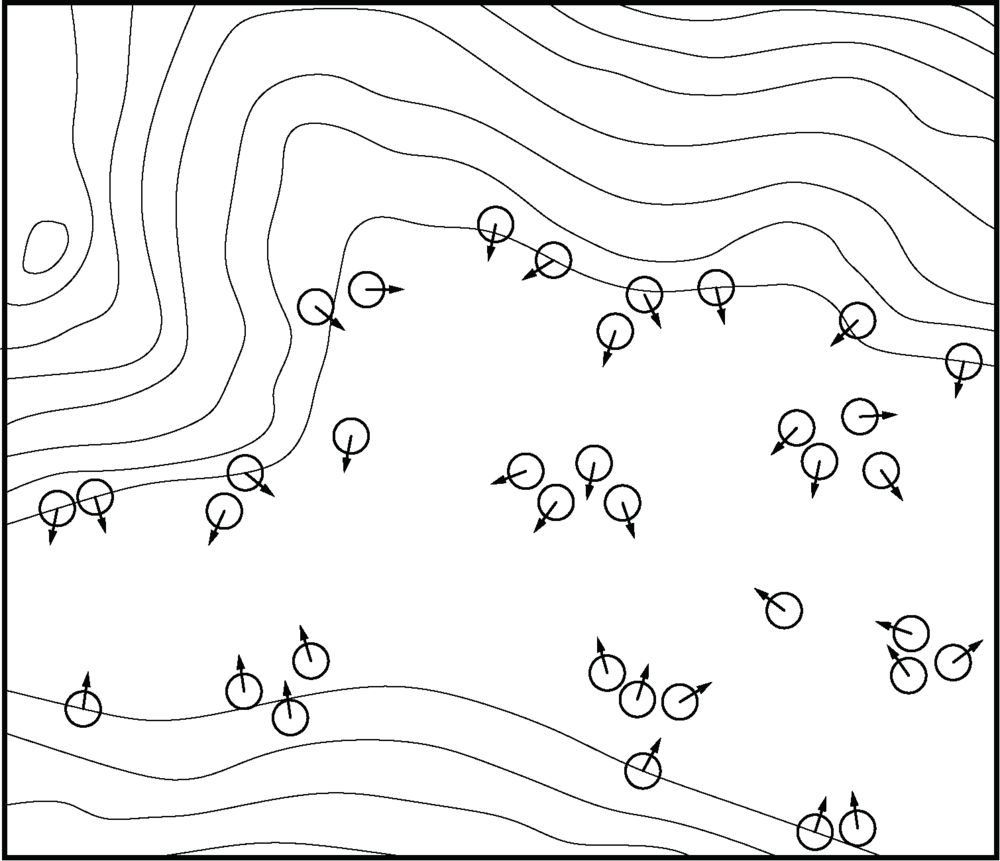 | 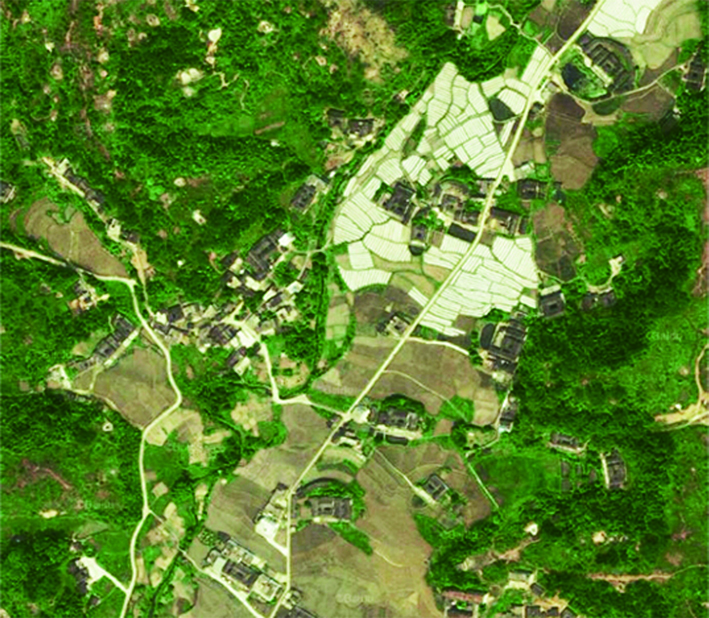 |
| 分布区域:韩江上中游、梅江中游、新丰江上游、梅循道、紫金县 | |||||
| 类型 | 属性描述 | 模式图示 | 实际样例 | ||
| a 单元有无特定朝向 | b 单元所处地形特点 | c 单元间距(m) | |||
| G | 无 | 山麓+平地 | 100~350 | 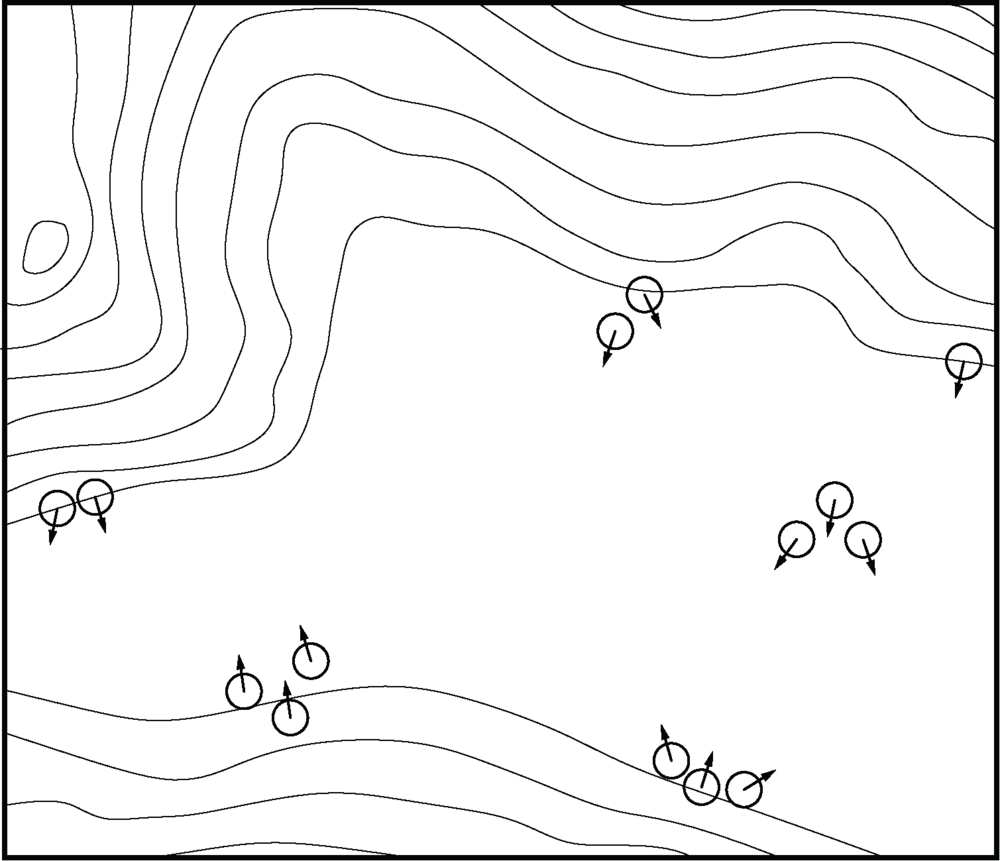 | 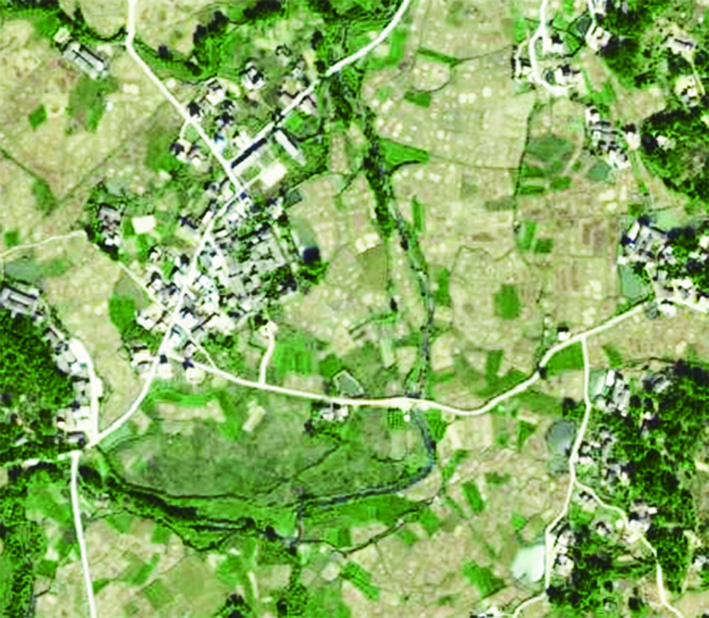 |
| 分布区域:东江上游寻乌水流域、凤江(黄冈河)上游、梅江中游盆地、石窟河流域、榕江上游、东源县西、西枝江-淡水河流域、石马河流域丘陵区 | |||||
| H | 无 | 平地 | <50 | 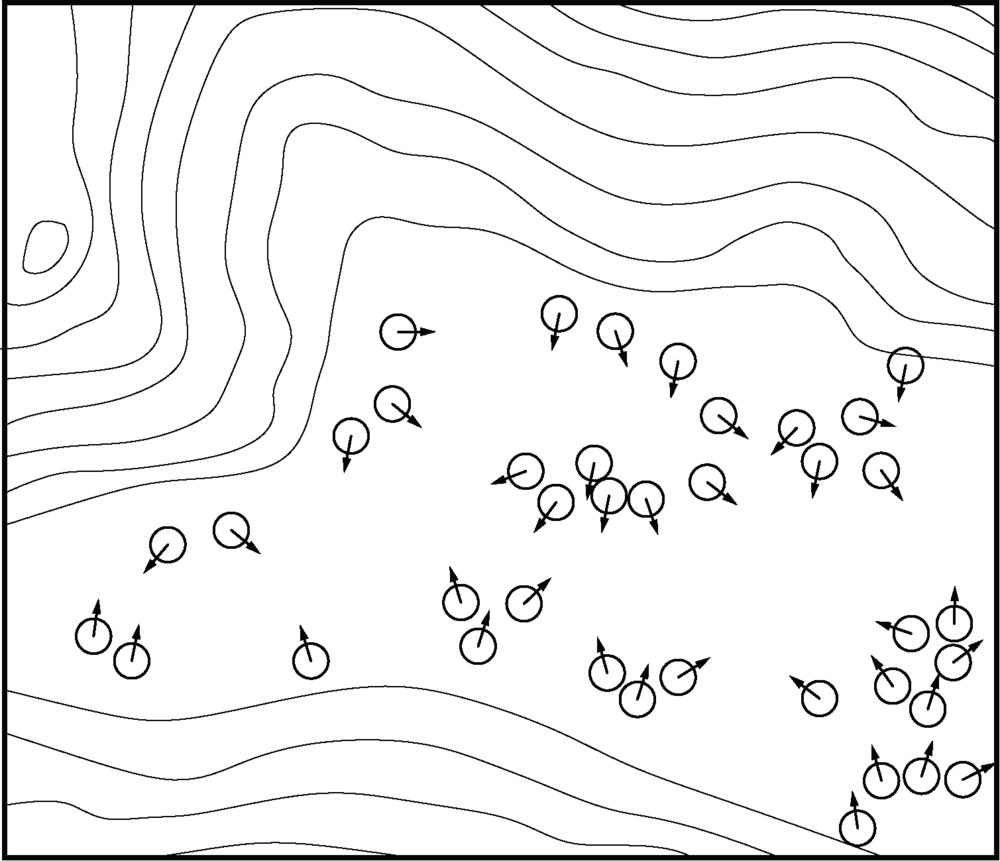 | 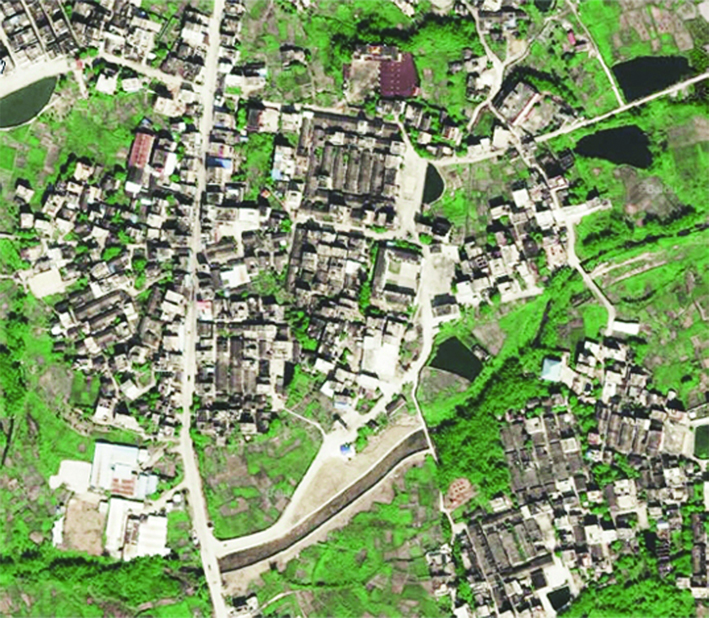 |
| 分布区域:韩江中下游产溪盆地、榕江上游、陆河上游、东江中下游博罗段 | |||||
| I | 无 | 平地 | 100~350 | 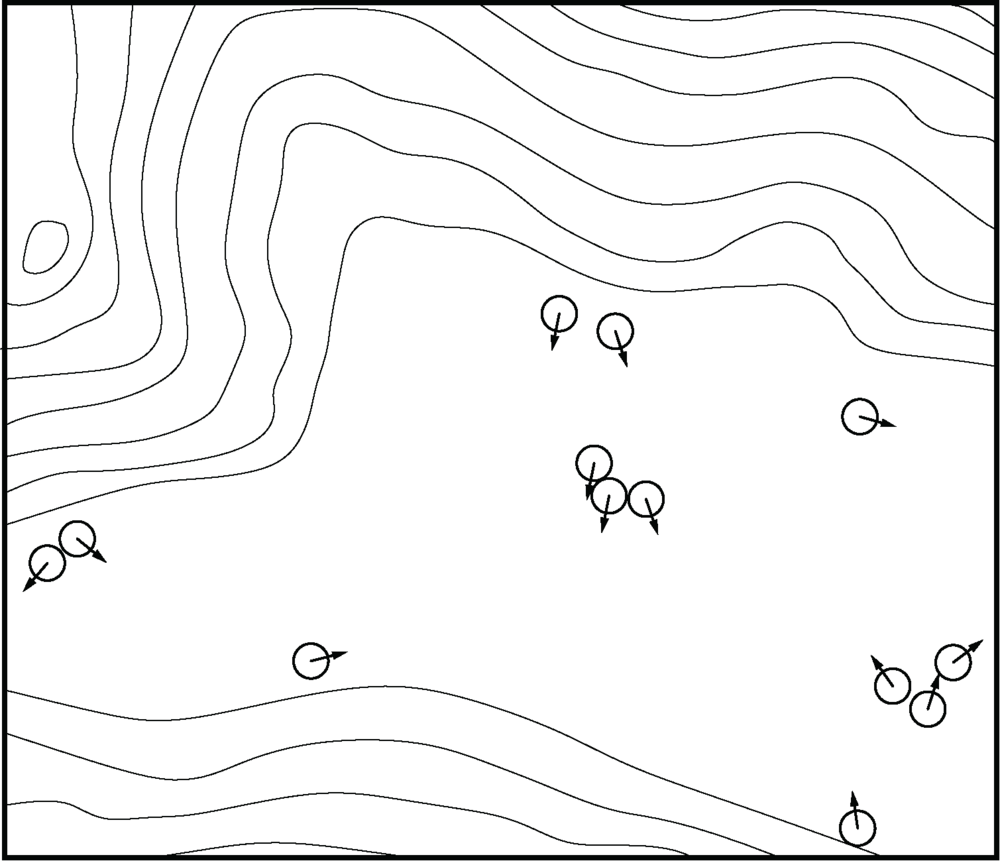 | 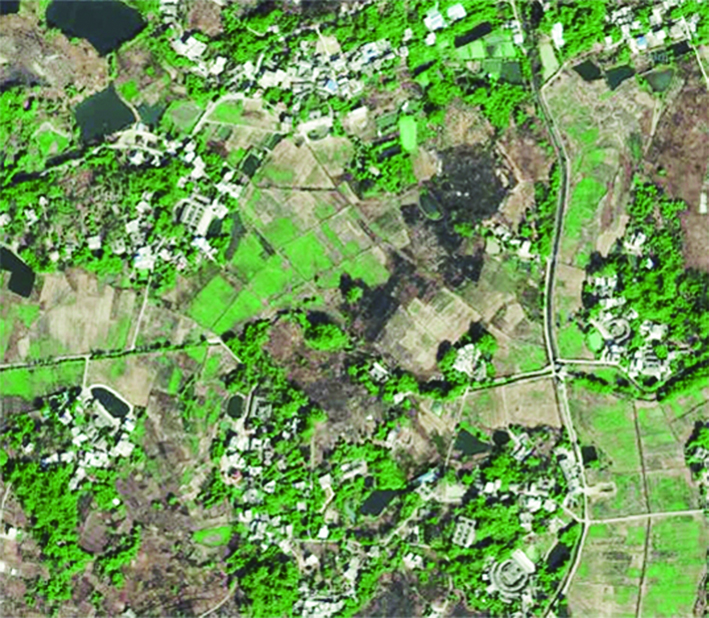 |
| 分布区域:梅江下游、宁江流域、梅循道、新丰县西部山区 | |||||
| J | 无 | 山麓+平地 | 150~500 | 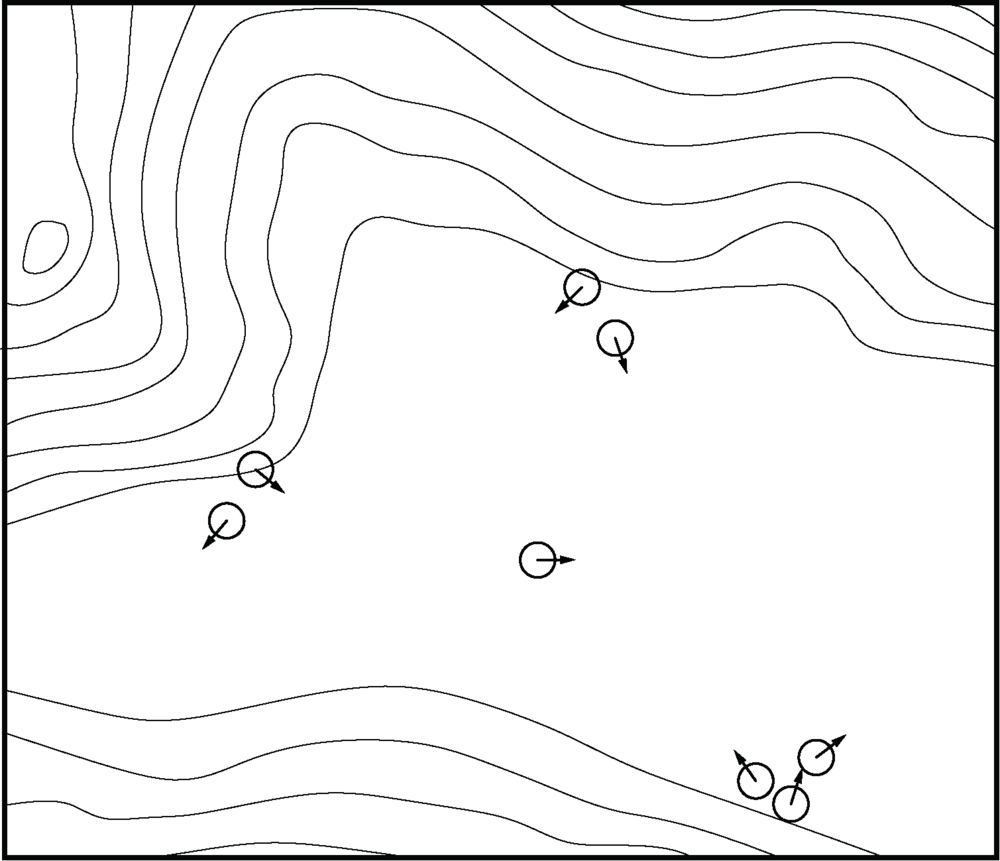 | 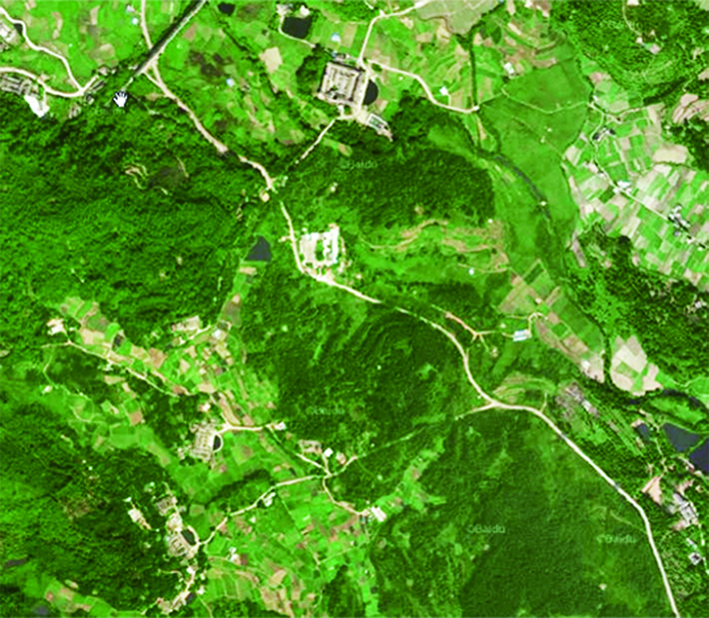 |
| 分布区域:东江上中游、西枝江流域、淡水河流域、石马河流域、寒溪河流域、洋涌河流域 | |||||
| K | 有(偏南) | 平地 | 150~500 | 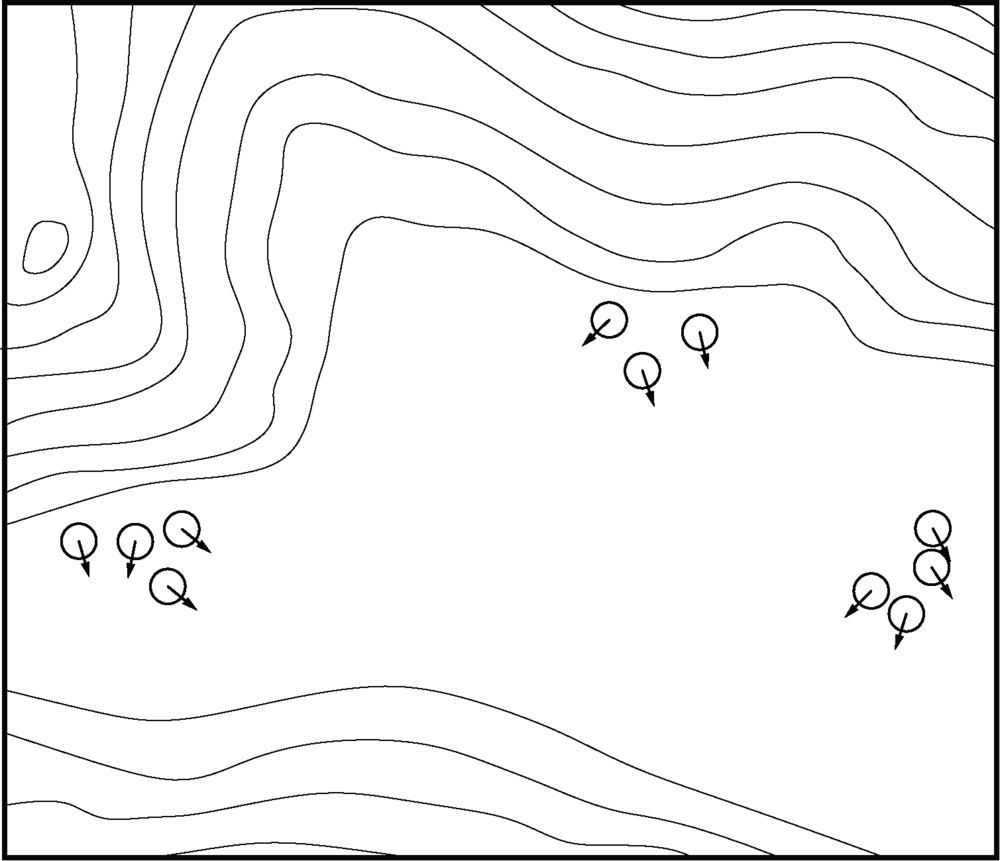 | 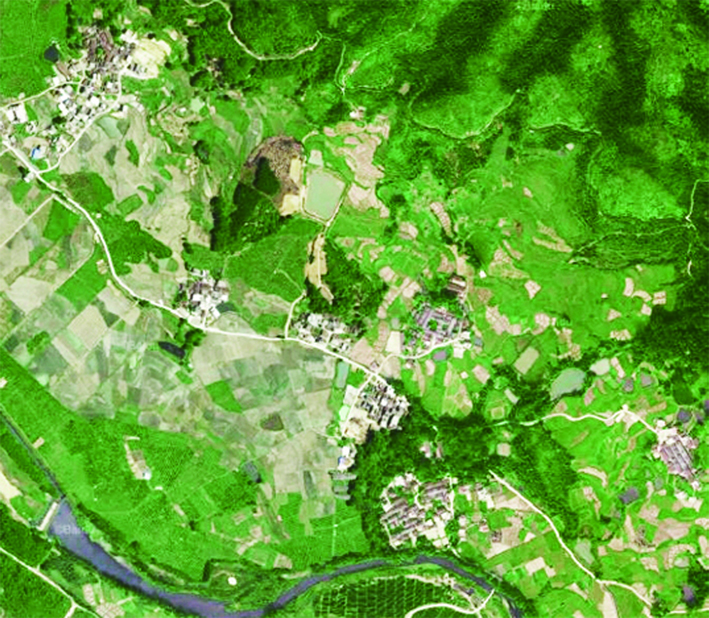 |
| 分布区域:北江上游、连平河流域 | |||||
注:“实际样例”截取自Google地球(2020年6月30日)。 |
真诚感谢匿名评审专家在论文评审中所付出的时间和精力,评审专家对本文论述结构与逻辑、文献综述、重要概念的界定、结论梳理等方面的修改意见,使本文获益匪浅。
| [1] |
曾祥委. 何谓客家. 神州民俗: 学术版, 2012,196(5):5-18.
[
|
| [2] |
施添福. 从“客家”到客家(一): 中国历史上本贯主义户籍制度下的“客家”. 全球客家研究, 2013,1(1):1-56.
[
|
| [3] |
施添福. 从“客家”到客家(二): 粤东“Hakka.客家”称谓的出现、蜕变与传播. 全球客家研究, 2014,2(1):1-114.
[
|
| [4] |
黄志繁. 建构的“客家”与区域社会史: 关于赣南客家研究的思考. 赣南师范学院学报, 2007,28(4):7-12.
[
|
| [5] |
张杰, 吴淞楠. 中国传统村落形态的量化研究. 世界建筑, 2010,235(1):118-121.
[
|
| [6] |
王昀. 传统聚落结构中的空间概念. 北京: 中国建筑工业出版社, 2009: 19-21.
[
|
| [7] |
王晓薇, 周俭. 传统村落形态演变浅析: 以山西梁村为例. 现代城市研究, 2011,26(4):30-36.
[
|
| [8] |
周政旭, 程思佳. 贵州白水河布依聚落形态及其生存理性研究. 建筑学报, 2018,594(3):101-106.
[
|
| [9] |
杜佳, 华晨, 余压芳. 传统乡村聚落空间形态及演变研究: 以黔中屯堡聚落为例. 城市发展研究, 2017,24(2):47-53.
[
|
| [10] |
詹坚固. 广东客家人分布状况及其对客家文化发展的影响. 探求, 2012,209(4):87-93.
[
|
| [11] |
曹树基. 中国移民史 (第五卷). 福州: 福建人民出版社, 1997: 374, 408-410.
[
|
| [12] |
张双庆, 庄初升. 广东方言的地理格局与自然地理及历史地理的关系. 中国文化研究所学报, 2008,48(1):407-423.
[
|
| [13] |
汤志祥. 深圳本土方言的地理分布特点. 中国方言学报, 2015,5(1):209-219.
[
|
| [14] |
汪丽君. 建筑类型学. 天津: 天津大学出版社, 2005: 10, 13.
[
|
| [15] |
汪丽君, 舒平. 类型学建筑. 天津: 天津大学出版社, 2004: 5.
[
|
| [16] |
陆琦, 陈家欢. 广东围居. 北京: 中国建材工业出版社, 2017: 1-5.
[
|
| [17] |
吴庆洲. 中国客家建筑文化. 武汉: 湖北教育出版社, 2008: 182-268.
[
|
| [18] |
杨希. 乡村土地制度与文化景观: 以1690—1930年代的广惠交界地为例. 北京: 社会科学文献出版社, 2019: 103-105.
[
|
| [19] |
罗香林. 客家源流考. 北京: 中国华侨出版公司, 1989: 13-42.
[
|
| [20] |
温廷敬, 刘织超. 民国新修大埔县志. 上海: 上海书店·巴蜀书社·江苏古籍出版社, 1943: 240-246, 274-321.
[
|
| [21] |
陈伯陶, 叶觉迈. 广东省东莞县志1. 台北: 成文出版社, 1967: 71-120, 275-342.
[
|
| [22] |
凌开蔚, 曾枢. 中国地方志集成: 广东府县志辑18. 上海: 上海书店出版社, 2003: 593-670, 737-750.
[
|
| [23] |
紫金县政协文史委员会, 紫金县档案局. 紫金文史 (第16辑). 紫金: 紫金县档案局, 2004.
[ Cultural and History Committee of the CPPCC of Zijin County, Archives Bureau of Zijin County. Zijin History (No. 16). Zijin: Archives Bureau of Zijin County, 2004.]
|
| [24] |
司徒尚纪. 岭南历史人文地理: 广府, 客家, 福佬民系比较研究. 广州: 中山大学出版社, 2001: 192, 379-380.
[
|
| [25] |
赵炳林. 秦代“五岭之戍”述考: 兼与林岗等先生商榷. 中国边疆史地研究, 2018,28(2):35-43.
[
|
| [26] |
徐粤. 广东潮汕及客家风土聚落的同构性研究. 建筑遗产, 2019,13(1):43-49.
[
|
| [27] |
周宏伟. 清代两广农业地理. 长沙: 湖南教育出版社, 1998: 242-248.
[
|
| [28] |
陈志华, 李秋香. 梅县三村. 北京: 清华大学出版社, 2007: 43-51.
[
|
| [29] |
刘沛林, 刘春腊, 邓运员, 等. 中国传统聚落景观区划及景观基因识别要素研究. 地理学报, 2010,65(12):1496-1506.
[
|
| [30] |
刘沛林, 刘春腊, 邓运员, 等. 客家传统聚落景观基因识别及其地学视角的解析. 人文地理, 2009,24(6):40-43.
[
|
| [31] |
向远林, 曹明明, 翟洲燕, 等. 陕西窑洞传统乡村聚落景观基因组图谱构建及特征分析. 人文地理, 2019,34(6):82-90.
[
|
/
| 〈 |
|
〉 |